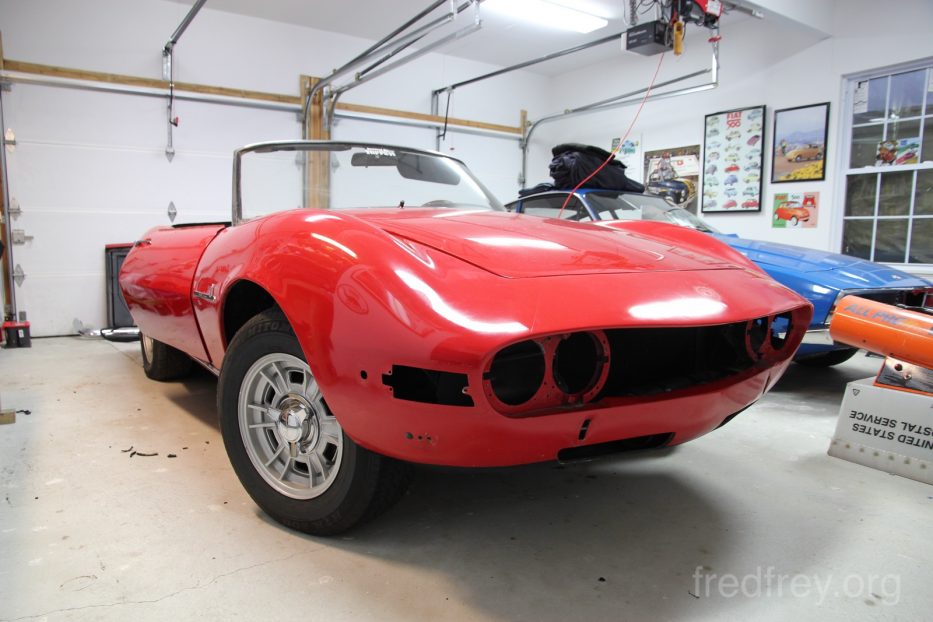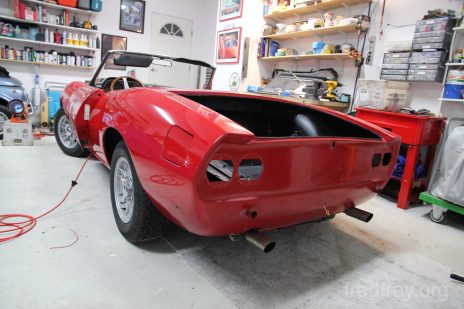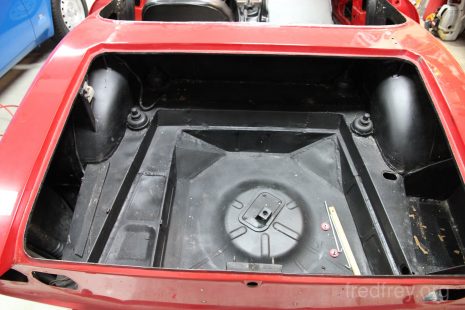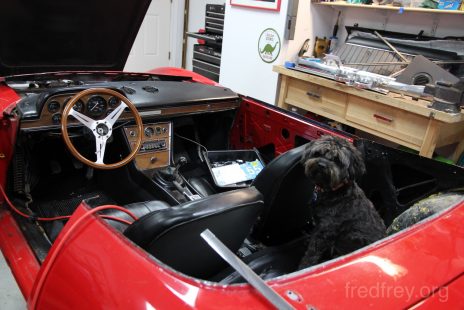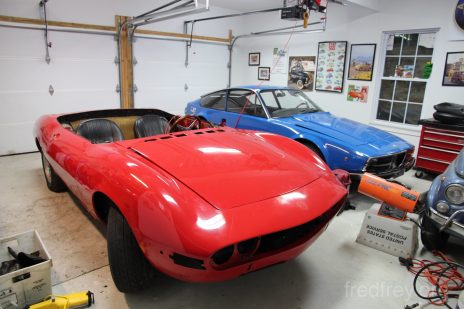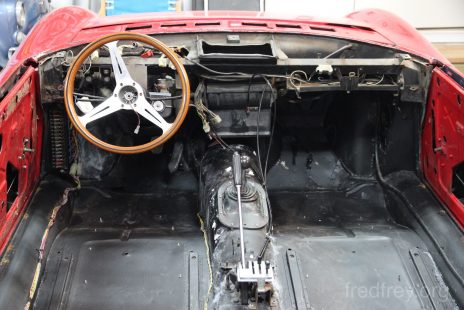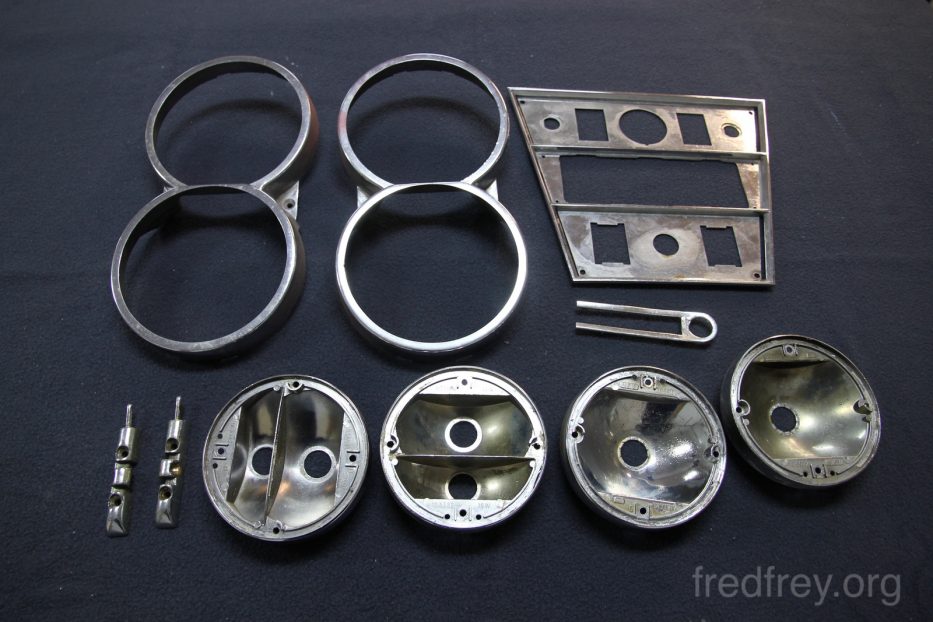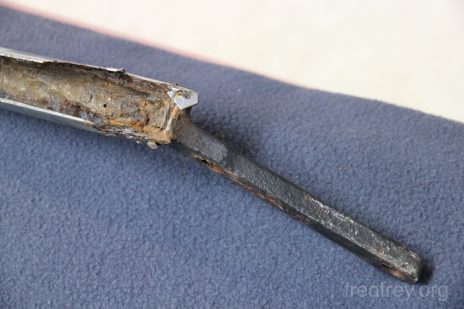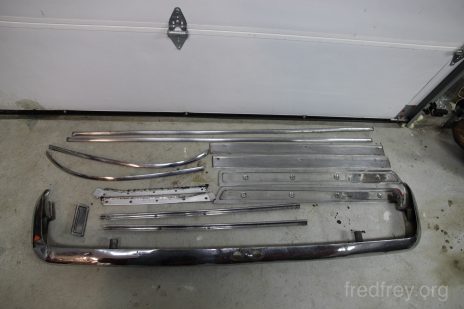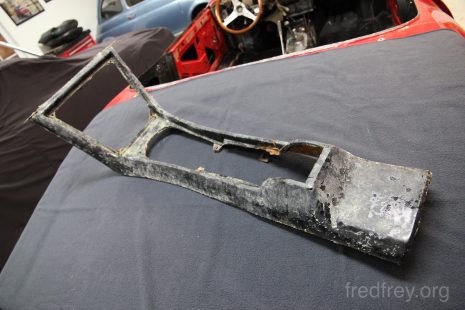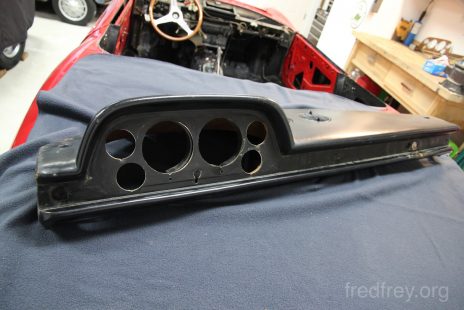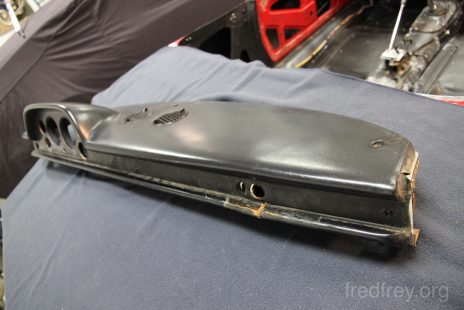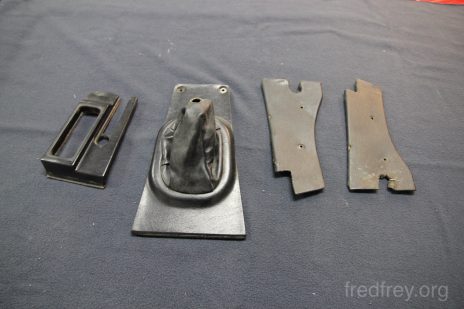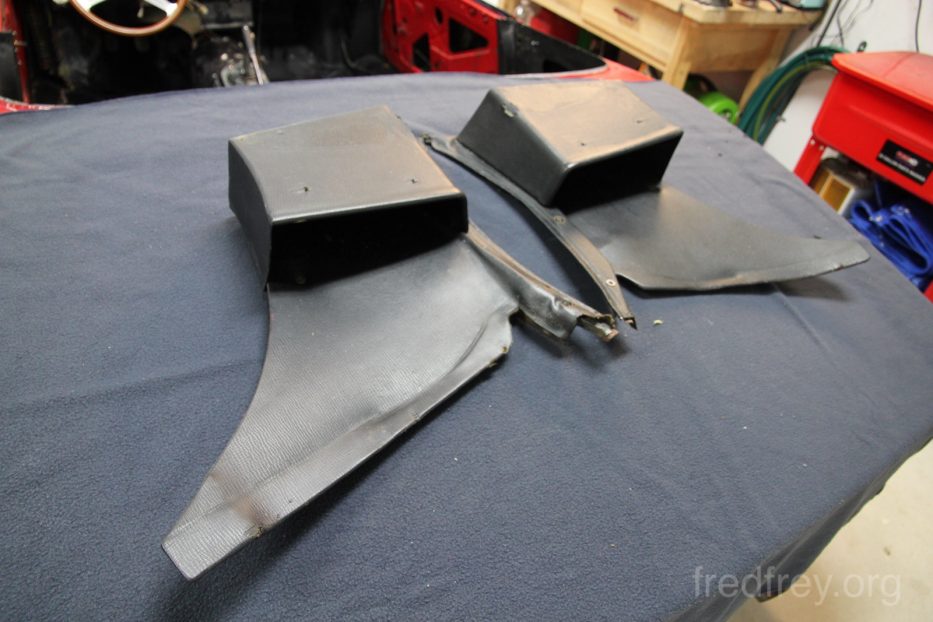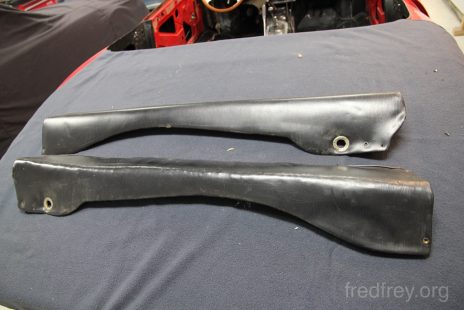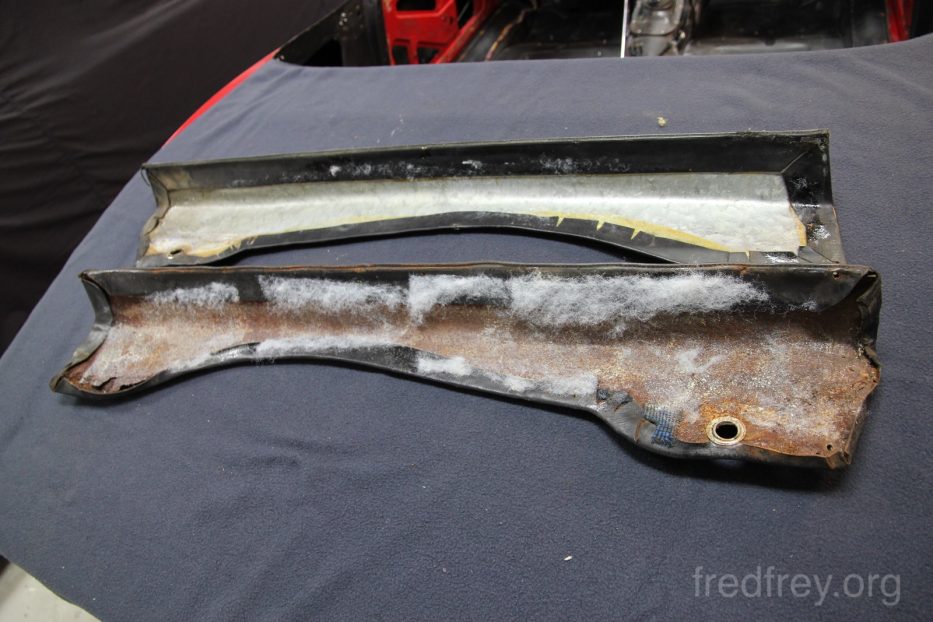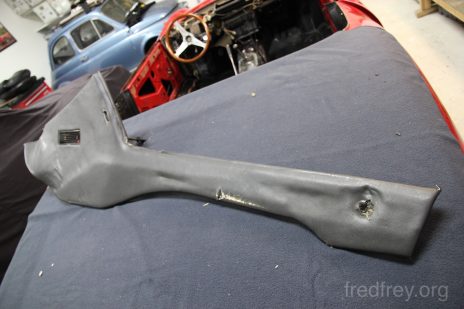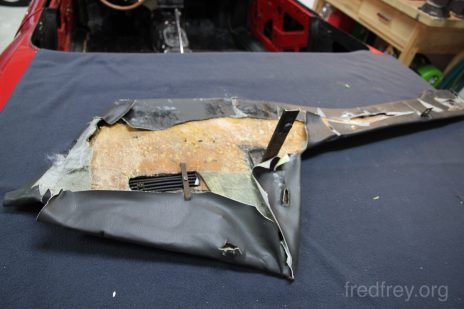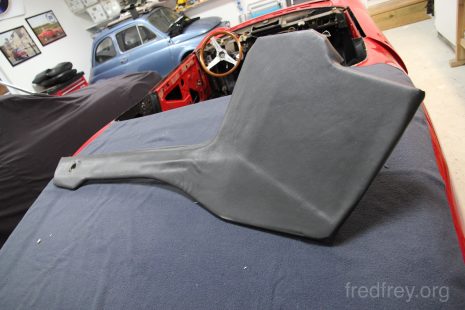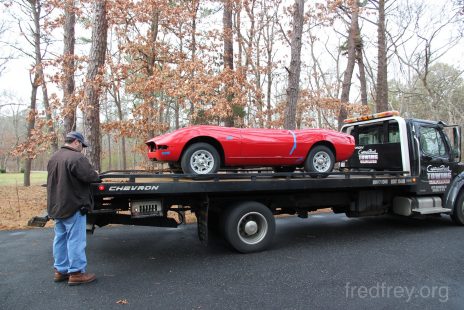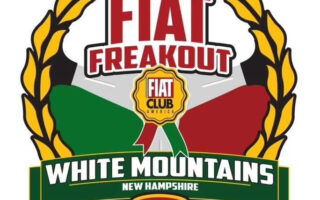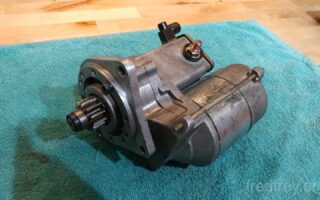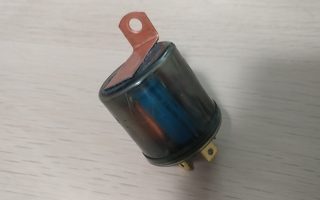January 18 2012
Six years after rebuilding the engine, suspension, breaks and drivetrain to make the Dino drivable the time has come to address the body and interior. In a normal complete restoration of a classic car, the body and interior are done at the same time as the engine and drivetrain have been removed. This way, it avoids taking the car apart twice. The complexity and the cost of restoring a Dino required splitting the restoration into two parts. Thus begins the second phase. Here the body is prepared for paint removal with all the body fittings and interior removed. Well beyond just seats and carpet, the dash and windscreen was also removed for restoration. All of the chrome parts need to be re-plated with particular attention paid to the rust on the windshield frame. Replacement of this would be typical but these cars are too rare to find a suitable replacement part. The car was then put on a flatbed and delivered to the body shop while the parts left behind were attended to.
